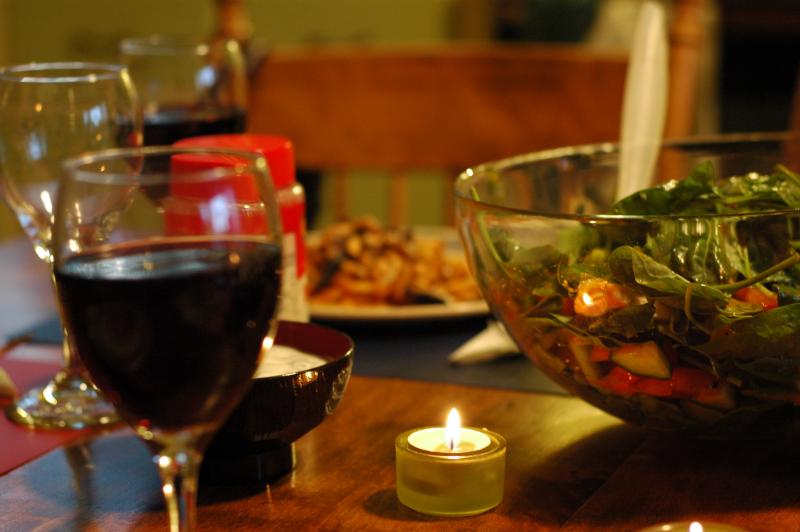
Wine Culture in Chile
Chile has undoubtedly earned international recognition and a reputation as a quality-leader among the New-World wine producing countries. Even though its tradition in winemaking is not as historic as it is in countries such as France and South Africa, today the aromatic Chilean wines are positioned as the country’s best known ambassador.
Vinis vinifera vines were first brought to the land of Chile by Spanish conquistadors who colonised the area in 16th Century. The industry however, started booming between 1995 and 2005 when approximately 60 new wineries were developed. Much was invested in production and the traditional ancient wooden vats were replaced by new high-tech stainless steel temples filled with French or American oak. Today Chile is the world’s fifth largest exporter and most globalised wine producer since it exports the impressive 70% of its production. The country’s warm, dry, Pacific-Ocean-and-Andes influenced climate is believed to be a midway between that of California and France and is perfect for producing the country’s emblematic juicy Cabernet Sauvignons and fruity Chardonnays.
The scope of winemaking in Chile is confined to an 800-mile stretch of land between the AtacamaDesert to the north and the Bio Bio region in the cool and sometimes wet south. The Central Valley region includes five sub-regions and is Chile’s most productive region. Rich and volcanic soils are predominantly found in the region, even though slate soils dominate in the Empedrado area. It is home of the Chilean signature Cabernet Sauvignon which has been produced in the country since the 1850s, whilst another symbolic wine for The Central Valley is Carmenère, a Bordeaux variety which was initially believed to be Merlot. Colchagua Valley and Maipo Province produce 98% of the world’s fruity and deeply flavoured Carmenère while one of the most renowned wines in the world Cabernet Sauvignon is grown all around the Central Valley area.
Another well-known region is Aconcagua, located in the iconic Casablanca Valley. While the Aconcagua Valley is mostly suited to red wine production, the Casablanca Valley is famous for its elegant Chardonnay and world-class Sauvignon Blanc. The two valleys in the Atacama region produce Vino Copiapino (Copiapó’s Wine) and Pajarete, even though they were once popular only for their Pisco (Chile’s most popular liquor) and table grapes. The Elqui Valley, The Limari Valley and The Choapa Valley are all situated in the Coquimbo region where the vineyards extend from the Pacific Ocean in the west to the Andes in the east. The soils are mineral-rich and rocky and the grapes are high in acidity; Syrah, Pinot noir, Chardonnay and Sauvignon are predominant in the Limari Valley while the other two are mostly famous for their Pisco. The Itata Valley, Malleco and The Bio Bio Valley in Southern Chile pride themselves in their fresh, crisp and packed with fruity flavours wines, whilst the cool Mediterranean climate and the alluvial soils which are made up of sand and clay perfectly suit Pais, Muscat of Alexandria, Carignan, Chardonnay and Pinot Noir. With so much variety and flavours to explore, the best way to discover the dynamic wine culture of Chile is with a wine tour across the beautiful and diverse landscapes of this up and coming wine country.
Share this article:



















